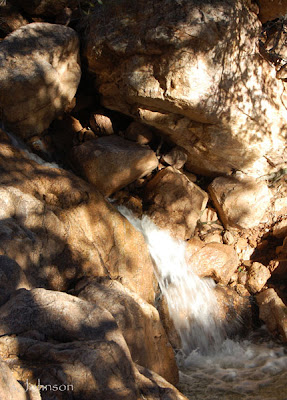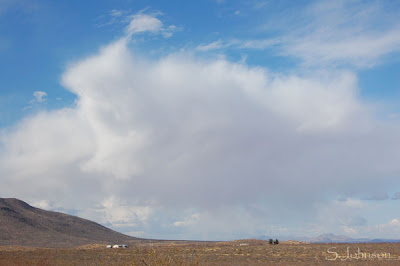One thing that has become clear as I've been spending more time with my camera shooting the sunrises and sunsets where I live is that it is part planning, part patience and part luck. Knowing the best location(s) to take the photos is the planning part, and is dictated primarily by the location of the sun along the horizon. Patience is what you quickly learn is necessary if you are to advance your skills as a photographer. Luck is what nature and the weather decide to hand out that day. There have been times I went out with my camera, with a sky full of clouds that looked promising for a spectacular sunset, only to find they were too high/too low in the sky to catch the light, or the location obliterated the light.
On some occasions, luck is on your side and your patience and planning is rewarded with a beautiful sunset, and if you're really lucky, some good shots to show for it. It also didn't take me long to discover that sunsets are hardly static, and often the most amazing displays happen in the sky when you think it's done for the night.
Earlier in the week, I decided to try a new location for sunset photos that is a bit southeast of Bisbee near the municipal airport. I wasn't sure what the cloud situation was going to be when I got out there, but it looked promising: some cirrus or cirrostratus clouds building up right at the horizon where the sun sets. While I was waiting, I took several photos of some solo clouds and afternoon light on the Mules that I'll probably post later.
Here are the photos from this sunset. As usual, I took close to 40 photos, and chose what I felt were the best and/or most representative of what I saw.
Clouds Near and Far
This wide-angle shot shows the location of the main clouds, and some more proximal accessory clouds that add some interest. Light isn't that exciting.
Inner Glow
Now, things start to get interesting.
Oddity
This pink sliver is all that's left of the thin clouds seen in the first photo, and for some reason, it's catching the light just right. It is right above the Huachuca Mtns.
Over Naco
This is what was happening a bit to the south. The towns (US and Mexico) of Naco are at the base of this mountain, whose name I do not know, but which has appeared in several other photos.
Continuing On
The colors and shapes of the light hitting the clouds at this angle gives the appearance of the sky being on fire. After taking this shot, I figured the best was over, folded up my tripod and turned around to head back to my car.
But wait - there's more!
And this is what I saw when I got to my car 45 seconds later. I quickly set up my un-exended tripod on the trunk of the car and took more photos. This wide-angle shot shows the expanse of the clouds and color streaks over the Huachucas.
Let's have a closer look
This zoomed in shot shows more of the detail in this stunning cloud.



























































